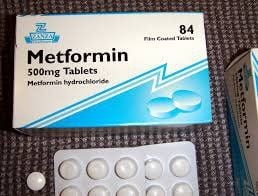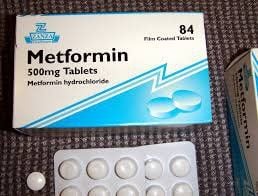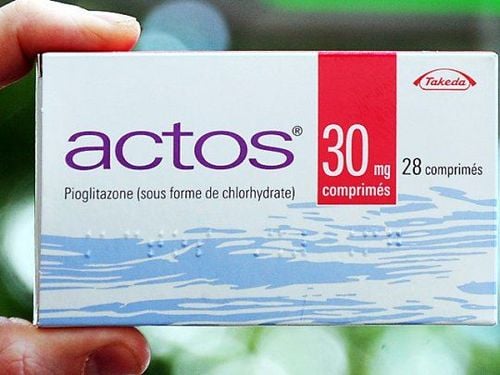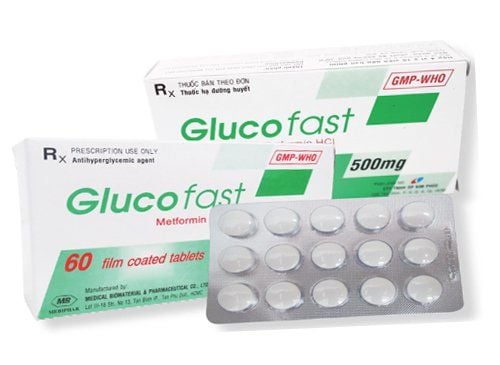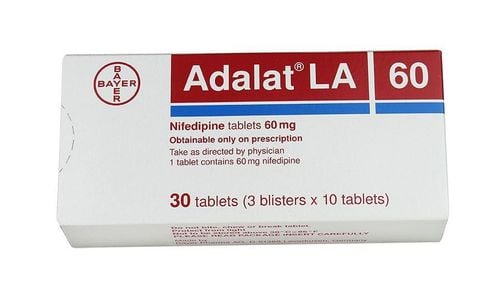This is an automatically translated article.
For people diagnosed with type 2 diabetes, along with building a scientific diet and increasing exercise, the doctor will appoint the patient to use medicine. The initial dosing regimen is usually monotherapy (1 drug only). So when should people with type 2 diabetes need to switch to a multi-drug combination?1. First choice for type 2 diabetes treatment
Most patients with type 2 diabetes begin on a 1-drug monotherapy regimen, the primary choice being metformin (with the exception of patients allergic to this active ingredient). The diabetes medicine metformin comes as a tablet or liquid and works to reduce the amount of glucose made by the liver.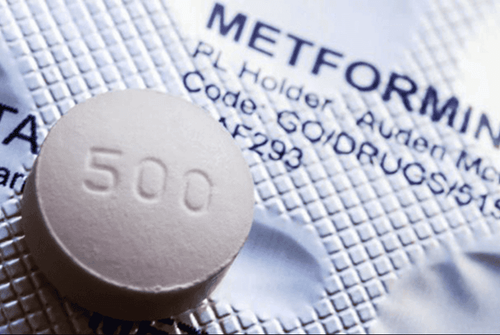
Thuốc metformin là lựa chọn ưu tiên để điều trị bệnh tiểu đường type 2
2. When does a patient need more than type 1 medication for type 2 diabetes?
In fact, even when people with type 2 diabetes try to make lifestyle changes and take their medications exactly as directed, their blood sugar still gets worse over time.This does not mean that the patient has done anything wrong, but the nature of diabetes is always progressive (adherence to treatment and lifestyle changes only help this process last longer), thereby leading to type 2 diabetes need to be switched to another regimen that requires more than one drug, also known as combination therapy, to bring blood sugar back to the desired level.
So it can be understood that the patient needs to add drugs to treat diabetes when the 1-drug regimen and lifestyle changes cannot meet the return of blood sugar to the treatment goal.
MORE: Metformin: Note when treating type 2 diabetes
3. Medications to treat type 2 diabetes
Diabetes drugs are divided into 2 types: insulin and non-insulin. Most people with type 2 diabetes will start with a non-insulin medication.
Non-insulin drugs are divided into large groups based on their mechanism of action such as:
Metformin (common trade name is Glucophage): decreased glucose biosynthesis in the liver; Thiazolidinediones (also known as glitazones): increase insulin sensitivity (insulin has the effect of bringing sugar into cells for use, thereby reducing blood sugar) and enhances insulin action in muscle cells and cells. fat; Secretory stimulants: this diabetes medication helps stimulate the pancreas to make more insulin; Starch blockers: drugs in this class help raise blood sugar excessively by slowing the body's absorption of sugar from food; Incretin-based therapy: helps the liver make less sugar, slows down the absorption of food, this therapy can be taken by mouth or as an injection. Amylin analogs (hormones secreted by pancreatic beta cells that reduce the rise in postprandial glucose by reducing gastric emptying rate, inhibiting the production of glucagon - the hormone that causes hyperglycemia, and reducing blood sugar levels) postprandial glucose production). Drugs in this class are given as injections and work similarly to incretin-based therapy. SGLT2 inhibitors (also known as gliflozin): drugs that cause the kidneys to increase the excretion of excess sugar in the urine. Some non-insulin diuretics can be formulated as a combination pill, consisting of 2 or more active ingredients from the different classes listed above.
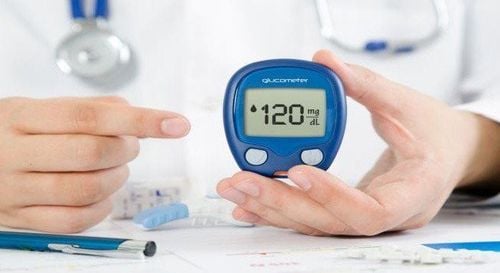
Bệnh tiểu đường type 2 được chỉ định thuốc không phải insulin ở giai đoạn đầu
4. How to choose a second drug to treat type 2 diabetes
If a 1-drug regimen is not enough to control a patient's type 2 diabetes, the doctor will consider to find the best combination for the patient. Usually, the patient continues to take metformin and is given a combination of 1 (or more) other drugs.
The choice of a second drug to treat diabetes depends on the specific situation of each patient. For example, some medications help control blood sugar spikes right after a meal while others are more effective at preventing a drop in blood sugar (hypoglycemia) between meals. eat during the day, some other drugs help to lose weight or lower cholesterol ...
In addition, the decision to choose may also depend on the drugs that the patient is taking to treat chronic co-morbid conditions other. Physicians may also consider drug selection based on possible side effects or the patient's cost to long-term treatment.
When the treatment regimen changes (addition of drugs), the patient needs to see the doctor more often. If adding a second drug does not help control a patient's blood sugar or a combination of the two only improves blood sugar for a short time, then the doctor may consider adding a second drug. a third non-insulin drug or subcutaneous insulin therapy can be initiated.
MORE: Is there a cure for diabetes and insulin replacements?
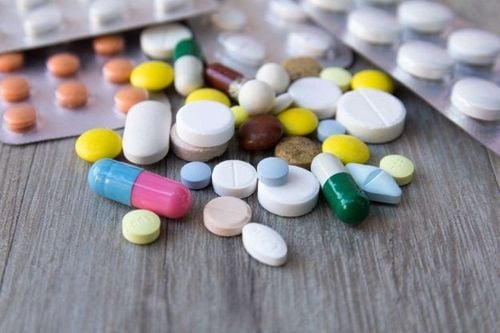
Một số loại thuốc khác được áp dụng điều trị tiểu đường type 2 khi điều trị 1 thuốc không đủ
5. Insulin Therapy
Supplemental insulin cannot be taken orally because gastric juice will cause this hormone to stop working. Insulin therapy is given by injection through a syringe or injection pen, and some people use an insulin pump to deliver the medication into the body.
Insulin is also divided into many forms, including long-acting insulin or rapid-acting insulin. The doctor will decide which type is most suitable for each particular patient.
It can be seen that the use of more than 1 diabetes medication is something that patients with long-term diabetes also experience. However, the use of the drug should always be accompanied by a healthy diet for diabetics combined with moderate exercise, helping to bring the highest treatment effect.
Please dial HOTLINE for more information or register for an appointment HERE. Download MyVinmec app to make appointments faster and to manage your bookings easily.
Reference source: webmd.com




